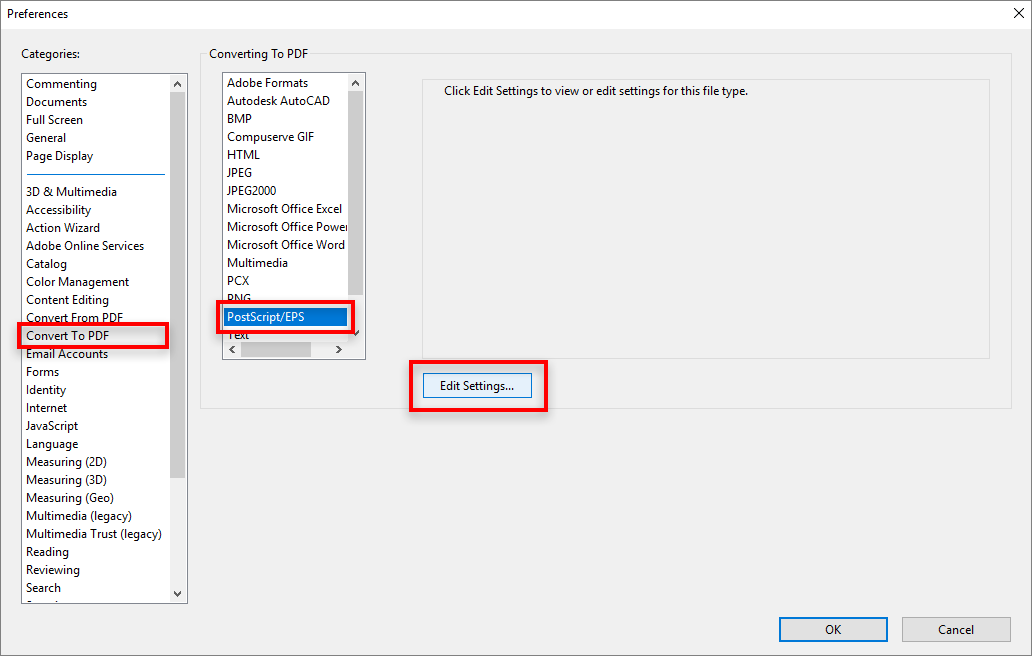
If the firewall recognizes such an app it doesn't sign it.
Log file for mac adobe block code#
Some apps check their own integrity when they are opened without using code signing. If you want to deny a digitally signed application, you should first add it to the list and then explicitly deny it. If you choose Deny, OS X adds it to the list but denies incoming connections intended for this app. If you choose Allow, OS X signs the application and automatically adds it to the firewall list. If you run an unsigned app that is not listed in the firewall list, a dialog appears with options to Allow or Deny connections for the app. Apps included in OS X are signed by Apple and are allowed to receive incoming connections when this setting is enabled. For example, since iTunes is already signed by Apple, it is automatically allowed to receive incoming connections through the firewall. If the error message mentions Excel file type, go to Excel to change the File Block settings.Applications that are signed by a valid certificate authority are automatically added to the list of allowed apps, rather than prompting the user to authorize them. In this example, you must change the File Block settings in Visio instead of in Word. To resolve this issue, you must change the File Block settings in the application that owns the blocked file type.

When you try to open the Visio object, you receive a similar error message in Word. For example, you have a Visio object embedded in a Word document. The issue can also occur when you open an embedded or linked Office file in an Office application.
Log file for mac adobe block download#
You may also have to download Administrative Template files to use the GPO. Replace with the affected Office application name, for example Word 2019. User Configuration\Administrative Templates\Microsoft \ Options\Security\Trust Center\File Block Settings Open the Group Policy Management Console.


Enabling a file type that's blocked by default could compromise security. The File Block Settings can be controlled by a Group Policy Object (GPO) and are part of the recommended security base line settings. In the Trust Center window, select File Block Settings, and then clear the "Open" or "Save" check box for the file type that you want to open or save. In the Options window, select Trust Center > Trust Center Settings. For example, if you cannot open a Word file, open a new document in Word 2016 or later versions to see the option. If you cannot open a file in Office, open a blank document to start the Office application. To resolve this issue, try the following general resolutions to change the File Block settings to disable the restriction of certain file types:


 0 kommentar(er)
0 kommentar(er)
